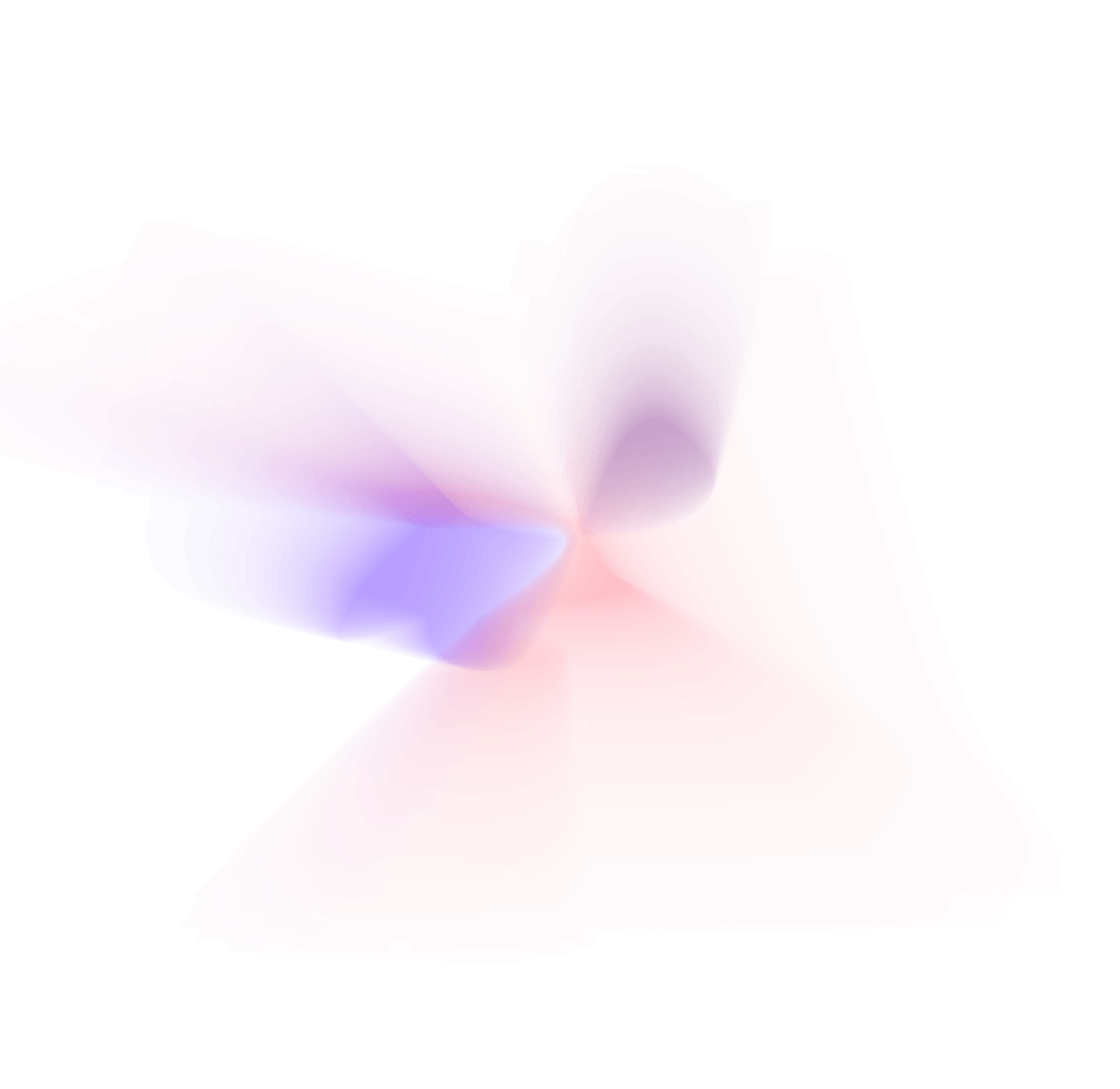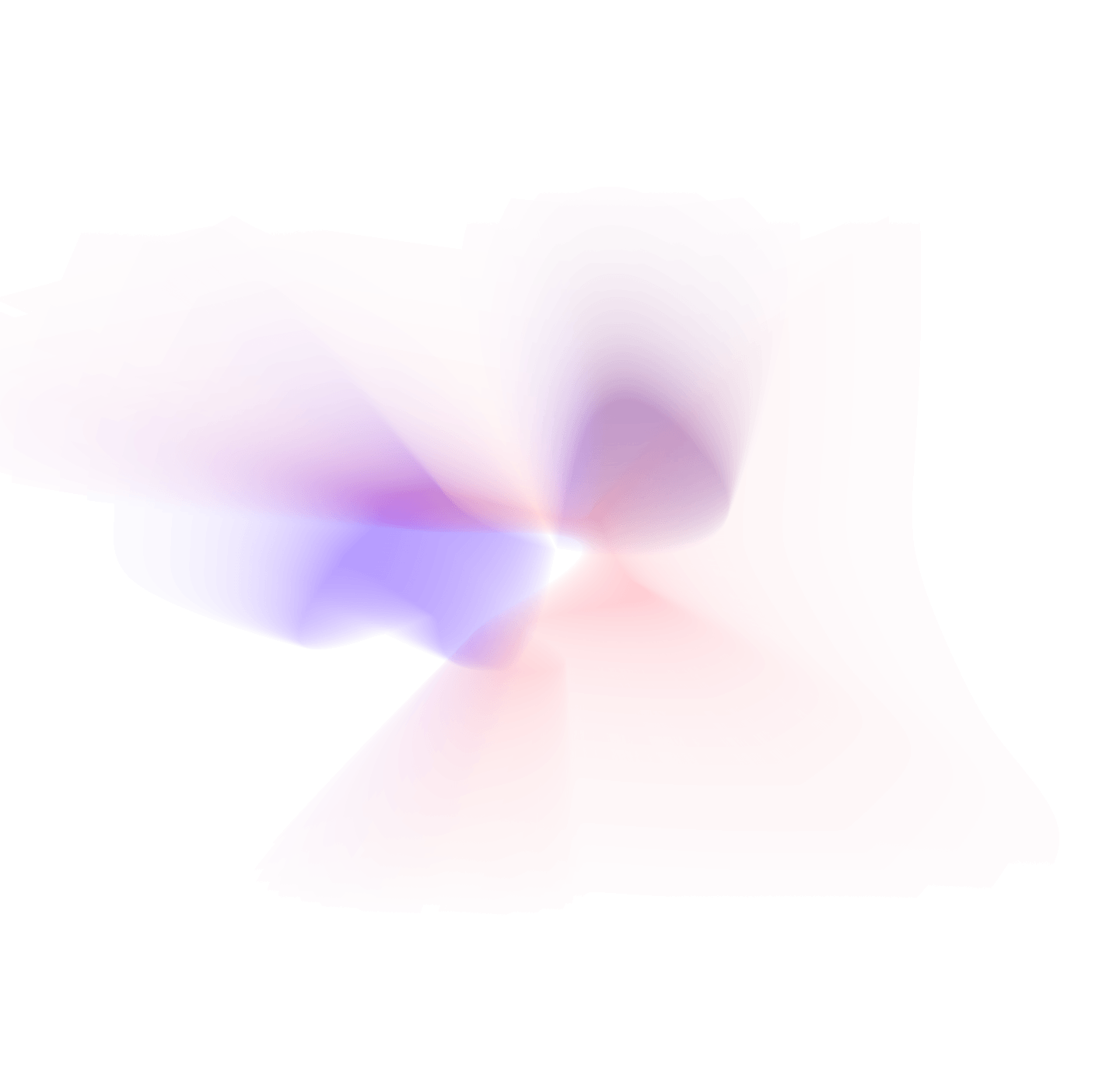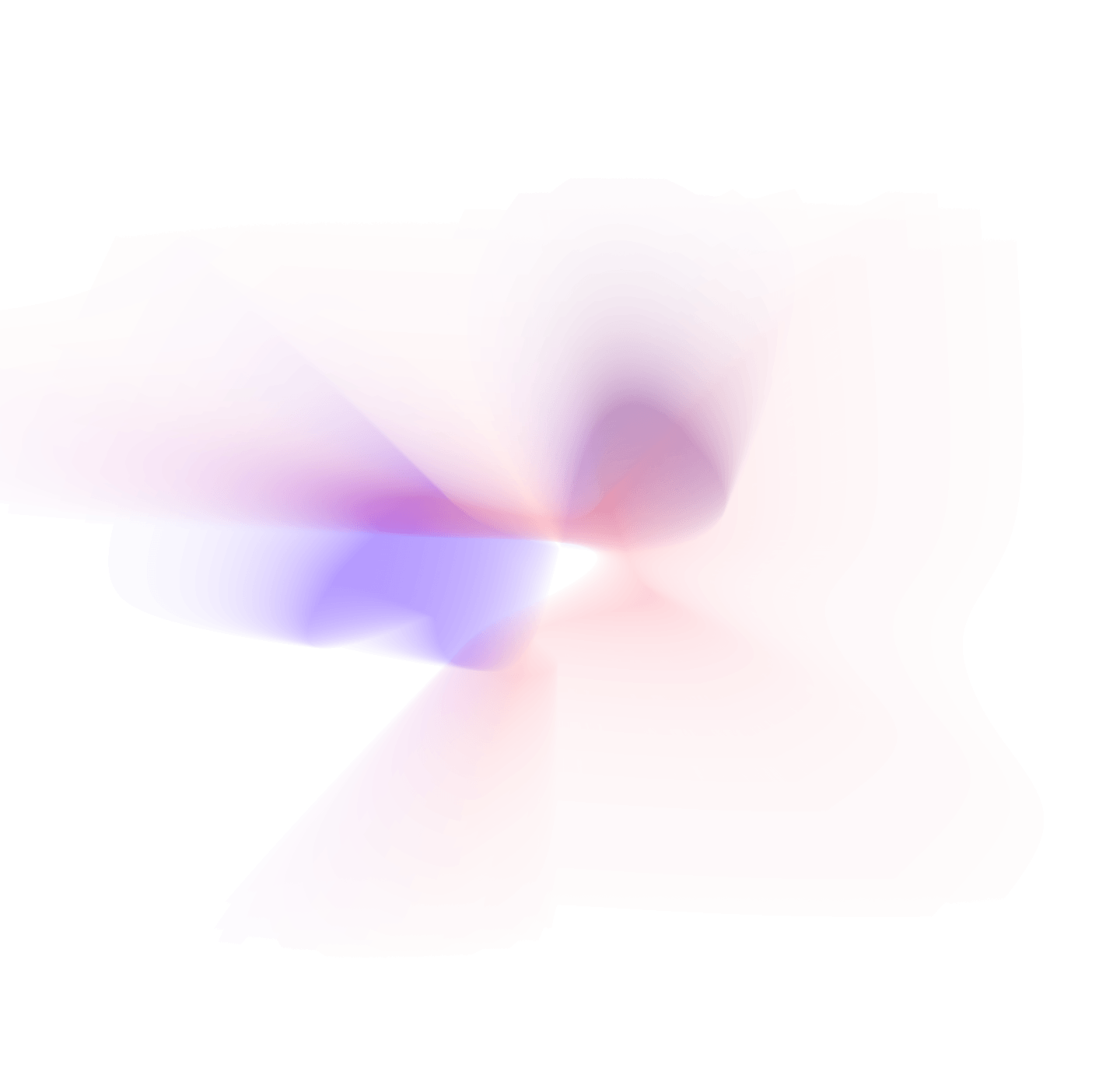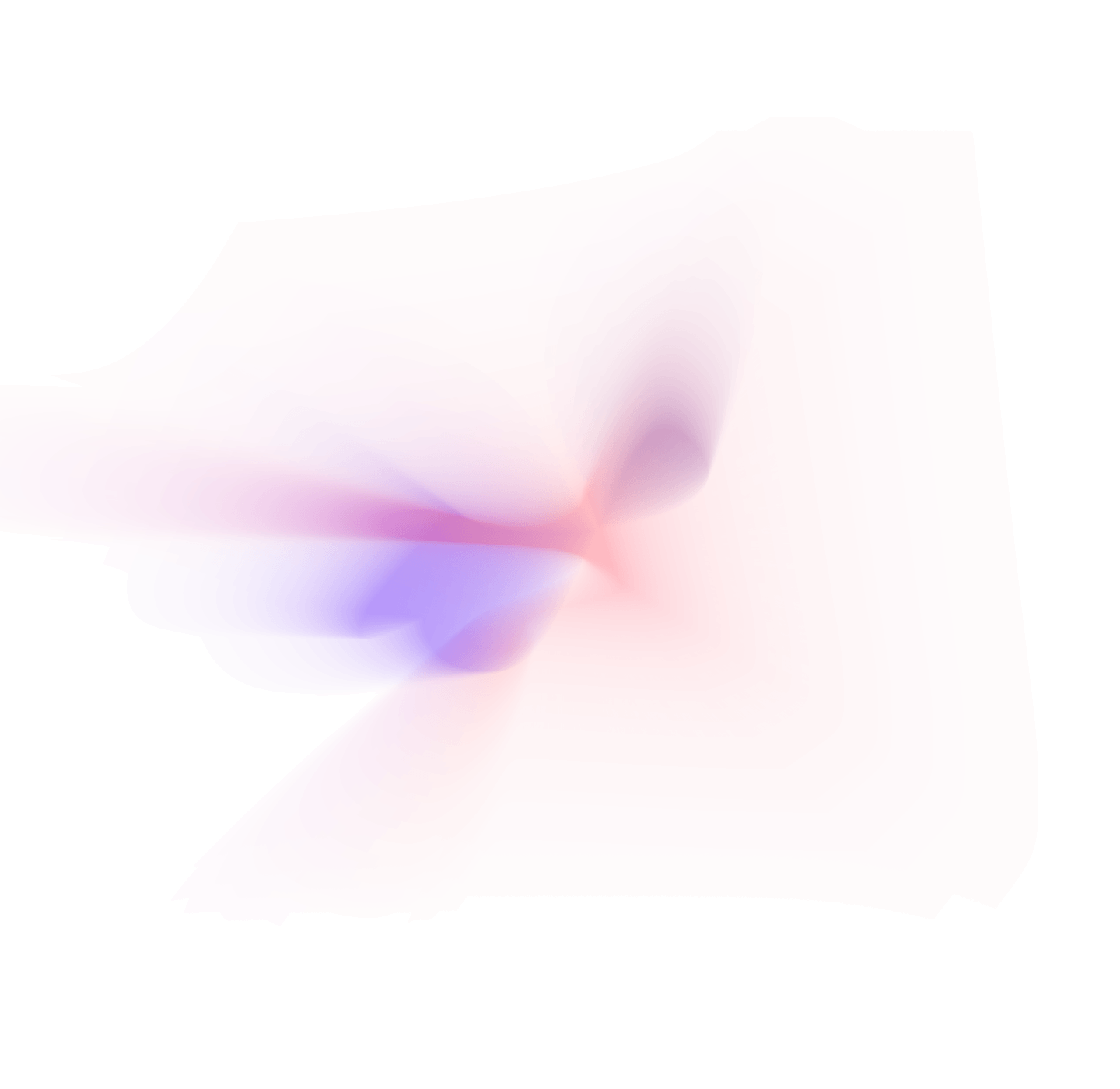Trends in furniture eCommerce
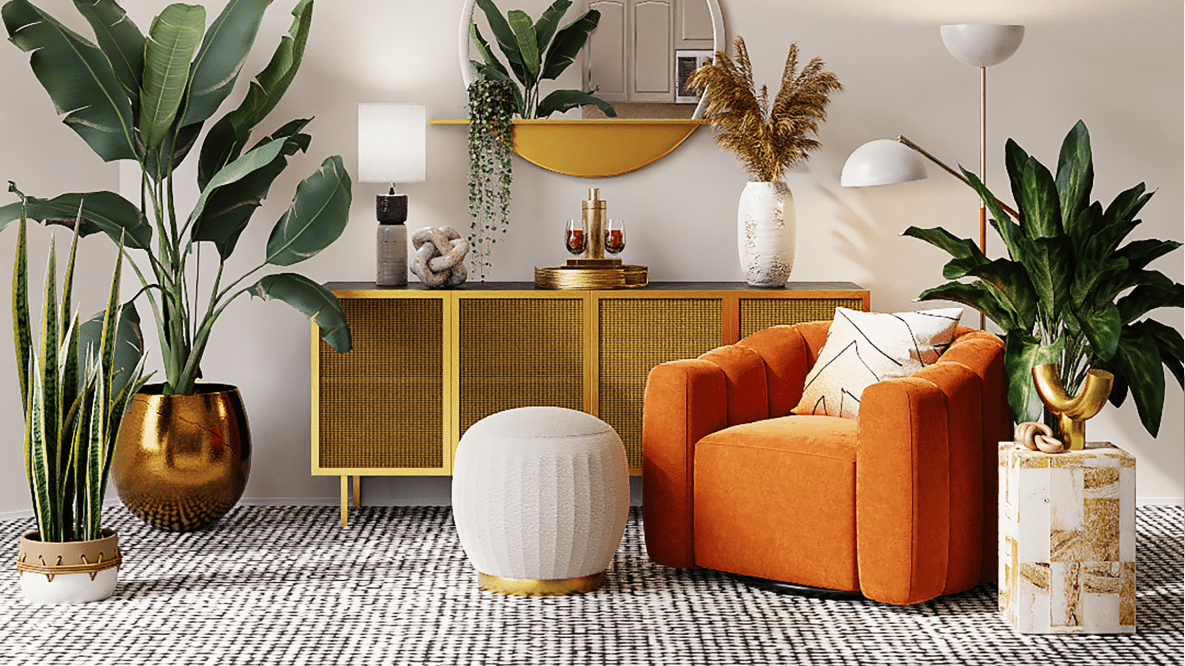
An increasing amount of people do their shopping online. According to Shopify, global ecommerce is developing like never before, especially the furniture industry.
The 2020 Ecommerce Statistics Report shows the enormous impact that the COVID-19 pandemic had on this trend. Perhaps not only because online shopping was a safe and often the only way to get products, but also because people, forced to spend the majority of their time at home, began to pay more attention to their surroundings within “four walls”. Many felt a strong need to create a pleasant living space and organize practical areas for work, learning, and other activities. The home space has become one of the most important investments.
According to Emizentech online sales account for over 90% of growth in the furniture e-commerce industry. Therefore, now it is especially important to ensure the proper development of your e-commerce website to be in line with the latest trends and stand out from the competition.
Of course, it is essential to keep in mind the user experience of a particular store when adapting to these market trends. Without using the appropriate processes and methods, simply following trends will not contribute to success.
As we have extensive experience in this area, we have selected the most important trends for you and outlined the biggest mistakes that stores can make when adapting to their customers.
What should you pay attention to?
ARulez in furniture!

Google’s research shows that up to 66% of consumers are willing to use AR as part of their online shopping experience https://www.thinkwithgoogle.com/consumer-insights/consumer-trends/ar-shopping-interest-statistics/
SXO, or Search Experience Optimization, aims to provide the best possible user experience on the path to conversion, such as completing a transaction in an online store. The user and their purchasing intentions are placed at the center, which not only supports SEO but also aligns with the pillars of User Experience (UX).
According to a 2020 study by Vertebrae, a company specializing in AR and 3D e-commerce, conversion rates increase by 90% among customers who engage with AR compared to those who do not..
Shopify declares that their product pages with 3D models in augmented reality have increased conversion rates by up to 250%.
(Source: https://www.shopify.com/enterprise/augmented-reality-ecommerce-shopping)
They do it well:
A great example of the use of AR is the IKEA Place app on iOS, which allows users to “virtually” place furniture in their homes to ensure a proper fit. IKEA was one of the pioneers who began using such modern solutions already back in 2017.
Since then, countless retailers have followed in their footsteps, including Amazon, Target, and the modern Canadian brand Part & Whole, which offers a wide range of furniture customization options, allowing users to adjust 3D furniture models and then view them in their homes using AR.
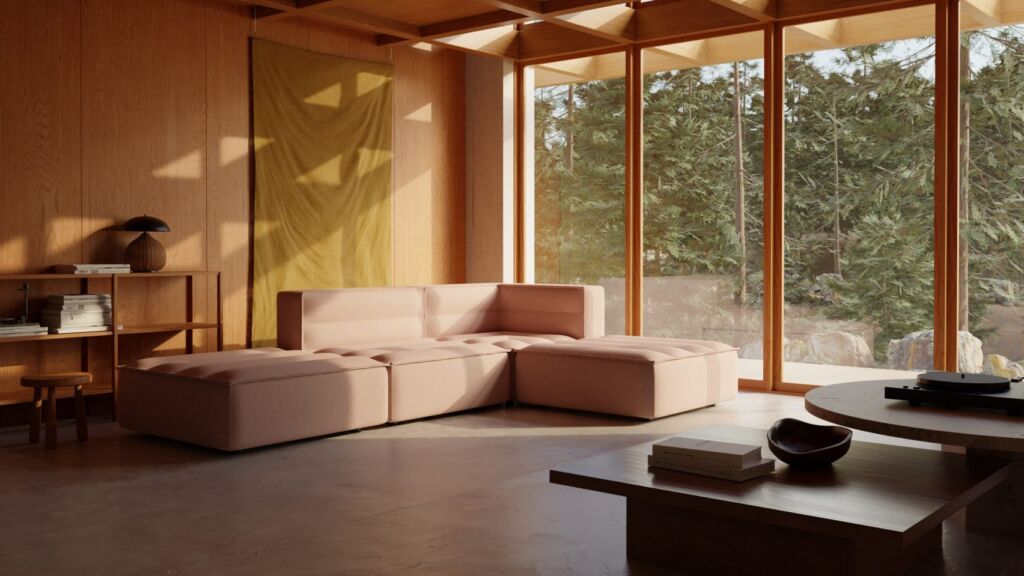
Let’s not forget about Tylko, one of the largest startups in Poland, which all Poles can be very proud of. Tylko offers full furniture customization thanks to an advanced configurator.

Amazing photo sessions are key
We should not overlook the importance of great photo sessions as the fundamental element. Tylko is again a great example of this. During research we conducted for Yestersen (Polish vintage and antique furniture eCommerce), users identified product photos as the most important element on the website’s interface (second only to price) – both those showing the product itself and those showing it in comparison with other products. Customers want to be inspired to make a purchase. Photos indicate the quality of the products and also transport the customer into the brand’s world, and through this experience make it easy to identify with it. Good photos and interesting product arrangements make products even more attractive. You just want to have them.
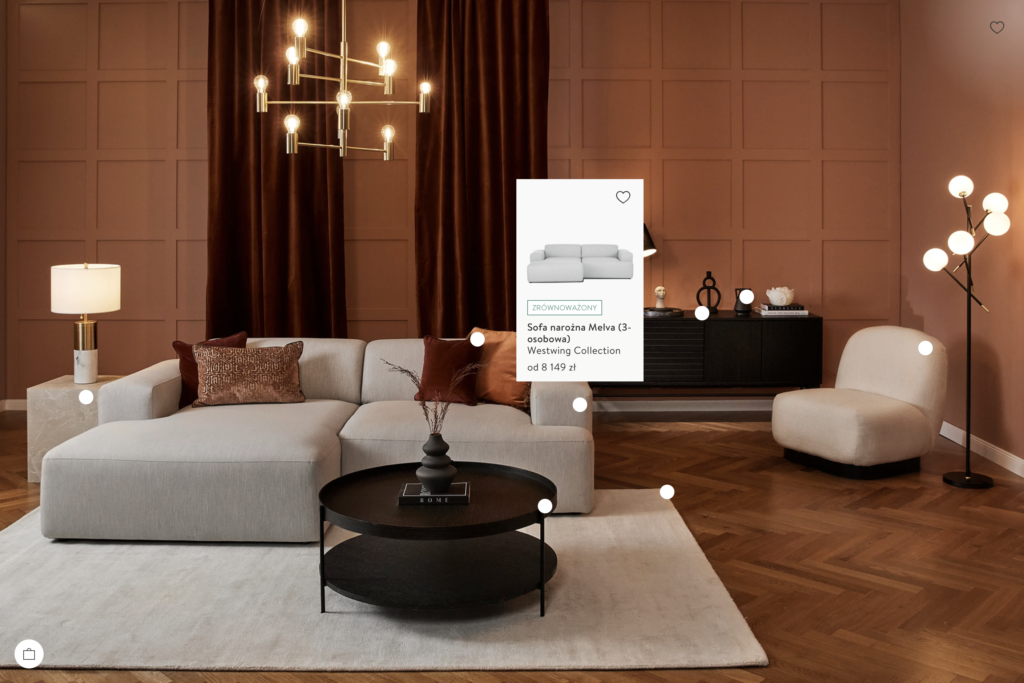
Many furniture e-commerce websites use the ‘Shop the look’ feature, which showcases beautifully arranged settings that evoke emotions, imagination, and desire. Additionally, it’s easy for the user to imagine the furniture in a certain context or in combination with other pieces even before using the AR option.
Possibility for personalization
Personalization is important not only when choosing furniture, but also in marketing. According to Accenture, as many as 91% of consumers say they prefer to shop from brands that present offers and products that are right for them.

Customers expect the brand to reach them at the right time, in the right place, and with the right message. Therefore, it is worth having knowledge about who recently bought what, when they last visited your website, what they were interested in, etc. This personal approach, showing that you are aware of the customer’s needs and preferences, helps build strong relationships.
Another interesting way to build brand engagement among buyers is to use photos showing how customers styled their bought products. For example, Ikea and Tylko created special photo galleries where, after entering the arrangement, the products used in the styling and the name of the creator’s Instagram profile are displayed. This is a very interesting way to further engage buyers, where they can show off their projects, interiors, and, above all, things bought on the website, driving brand marketing and creating additional content.
Visual search
Due to the fact that more and more people are buying using laptops or mobile devices, visual and voice search has gained great popularity. Visual search is the use of artificial intelligence (AI) that allows buyers to send an image to the seller’s website and visually locate similar products.

This is a very valid application to the furniture industry, as it is an incredibly visual industry operating with shapes, colors, materials, finishes, and textures. It is not surprising that over 36% of online buyers used visual search, and more than half of them say that visual information is more useful to them than text (data from Invespcro).
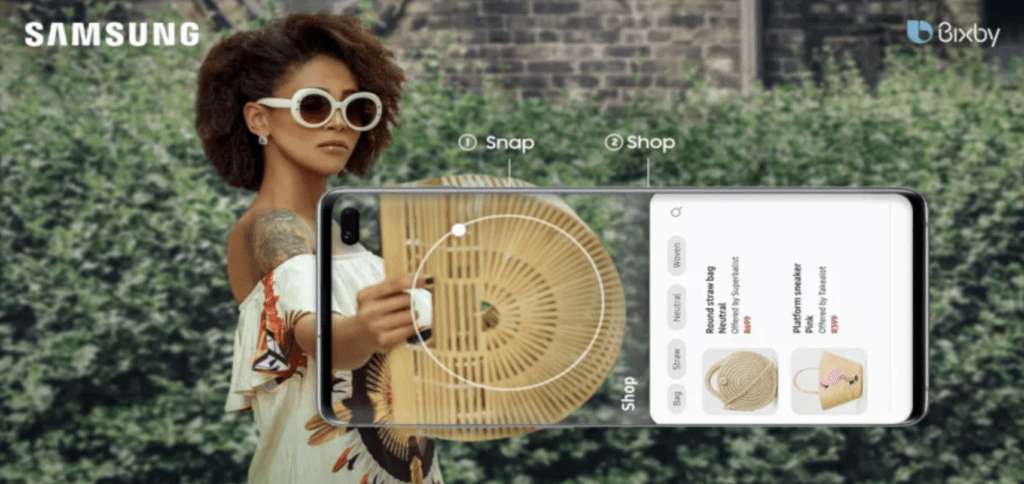
According to Syte’s “State of eCommerce Discovery” report, buyers who use visual search tools convert 841% more than buyers who do not use them, and spend an average of 6.7 times more per session, which gives 451% more average revenue per user than non-users. Syte is just one of many examples of such software available on the market..
Education
It can now be observed that websites not only sell products, but also educate in the field of interior design. For example, on MADE.com, the user will find many helpful tips, know-how, and stylistic inspirations, which allows them to feel like an interior designer. By arranging an interior, they can also learn something. It really makes them fly! It makes you want to decorate = buy.

MADE also informs how to take care of purchased items to make them last as long as possible. This speaks well of the brand and indicates its engagement in matters for people, especially awareness of waste generation and frugality.
Another interesting example is Ballard Designs, which specializes in classic European designs reinterpreted in a contemporary way. On their website you can find seasonal lookbooks that present trendy design ideas for your most frequently used spaces.
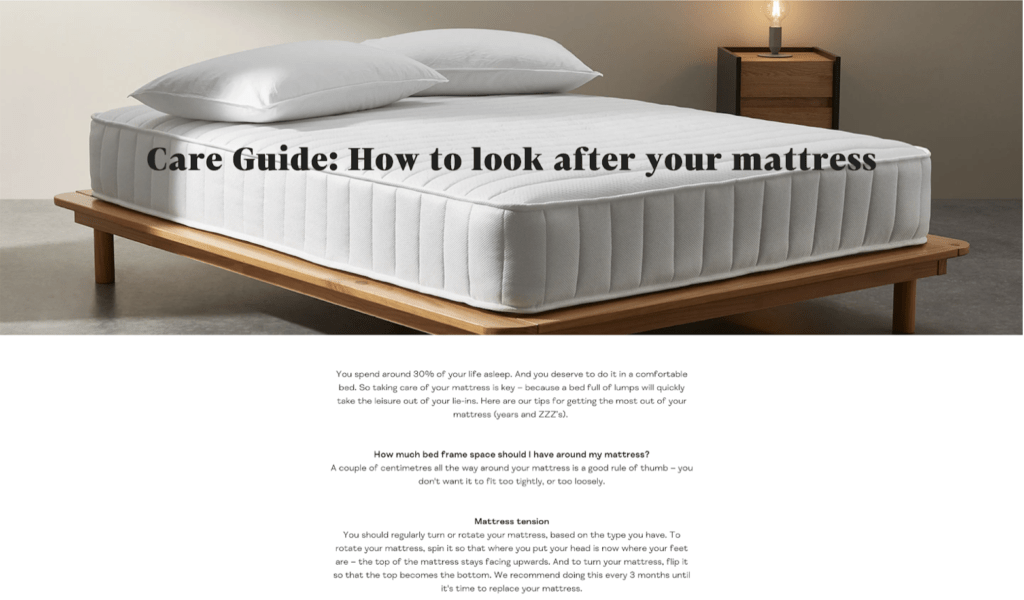
To increase customer engagement and loyalty, they also have a podcast “How to Decorate” with popular interior designers. Customers can send in their questions, and designers respond by sharing good ideas and tips on how to decorate your space.
From the educational point of view, showing the production process or designers standing with their projects, builds awareness about the creation of purchased products and additionally enhances brand authenticity.
Buy now pay later helps buyeres during hard times
Research shows that 43% of millennials and 32% of Generation Z individuals are very concerned about their finances and are reluctant to spend large sums of money. To address this, the market has seen a rise in buy-now-pay-later-affirm solutions, which make it easier for people to make purchasing decisions.
Source: Furniture Cart
Unlike credit cards, BNPL is approved more quickly and does not accumulate debt. This allows customers to make frequent purchases with greater confidence. Since 50% of companies report an increase in online sales since the implementation of BNPL, several furniture stores have also begun to use it.
Some stores introduce their own deferred payment solutions, while others opt for specialized industry solutions such as Klarna.

Knowing trends is not everything
We have gone through solutions that describe the latest trends in e-commerce. It is important to remember that the success of our store does not only depend on implementing all of these functionalities.
A more holistic approach to designing customer experiences is important, as the customer experience of a furniture store does not only happen at the level of screen to user. We know that in order to truly impact conversion, we must map out the entire customer experience, its strengths and weaknesses. Effective communication can streamline user journey by anticipating potential problems, managing expectations, and fostering positive emotions in the relationship with the brand.
At ZIMA, we help leverage UX to design communication at every stage of the journey, including scenarios for less pleasant situations.
We often encounter reluctance to conduct in-depth user research, and a focus solely on numerical data. Numerical data informs us of the scale of a problem, but does not provide insights into what causes that problem.
Qualitative data gathered through individual in-depth interviews or exploratory tests describe the causes of a problem and the needs of a particular area. We recommend combining numerical and qualitative data. This will help mitigate the risks of implementing a given solution.
It is also important to remember that the key role in analyzing the success of a User Experience project for a store is to use appropriate measures, as well as to distinguish between UX measures and business measures.
We noticed that stores use conversion as the only measure of the success of a given solution. This is not strictly a measure related to user experience. When measuring UX, the selection of appropriate measures is very important. The HEART metric is commonly used, including measures of Happiness, Engagement, Adoption, and Task Success.
It is also important to simultaneously collect and analyze business metrics such as conversion or revenue, which can help detect correlations and strengthen both indicators.
Do you want to develop an e-commerce, talk about your challenges or learn more about trends? Contact us! ZIMA UX & UI.


